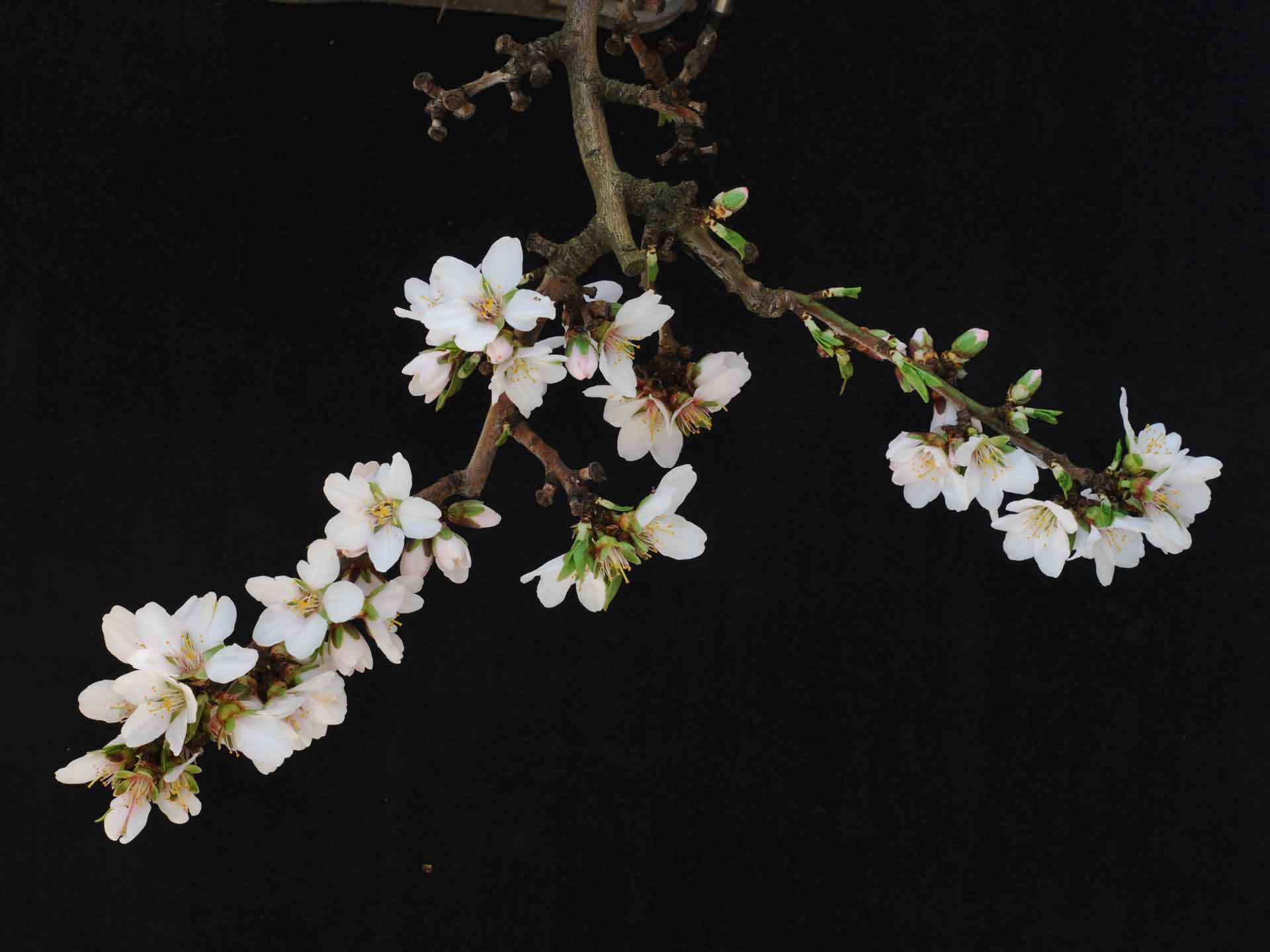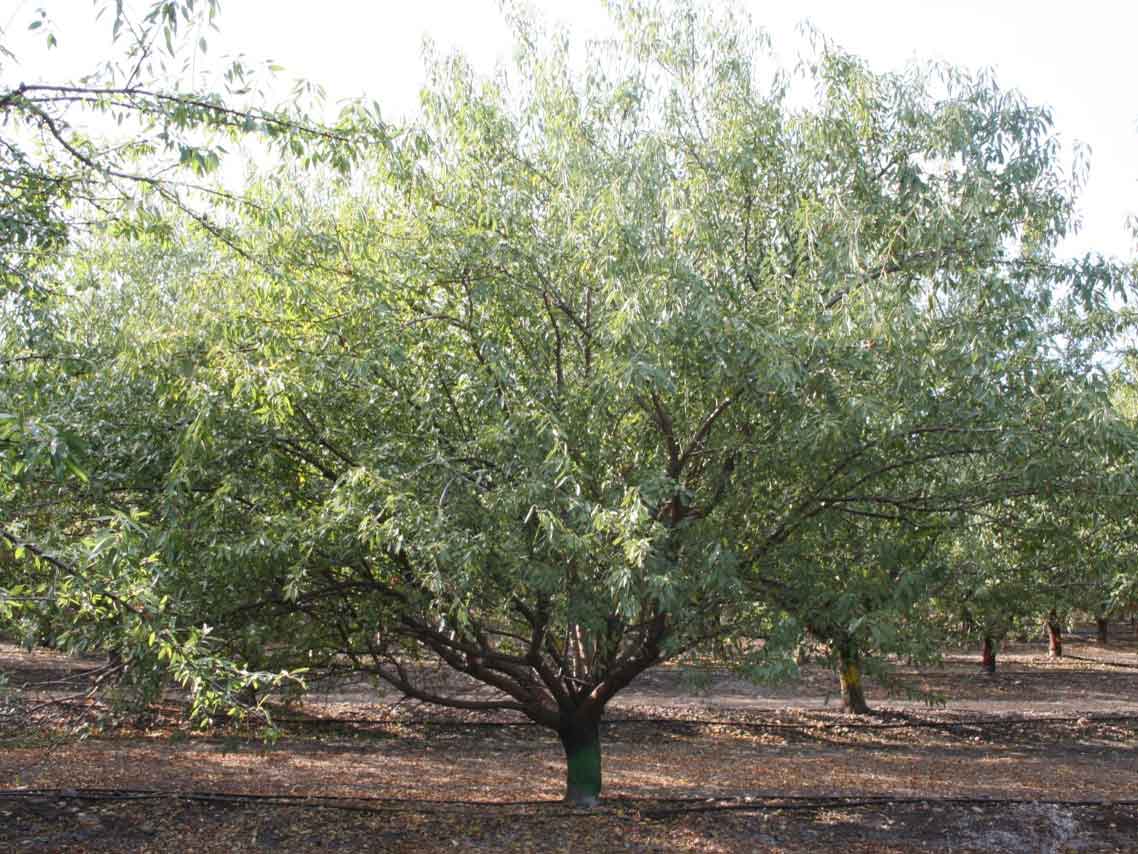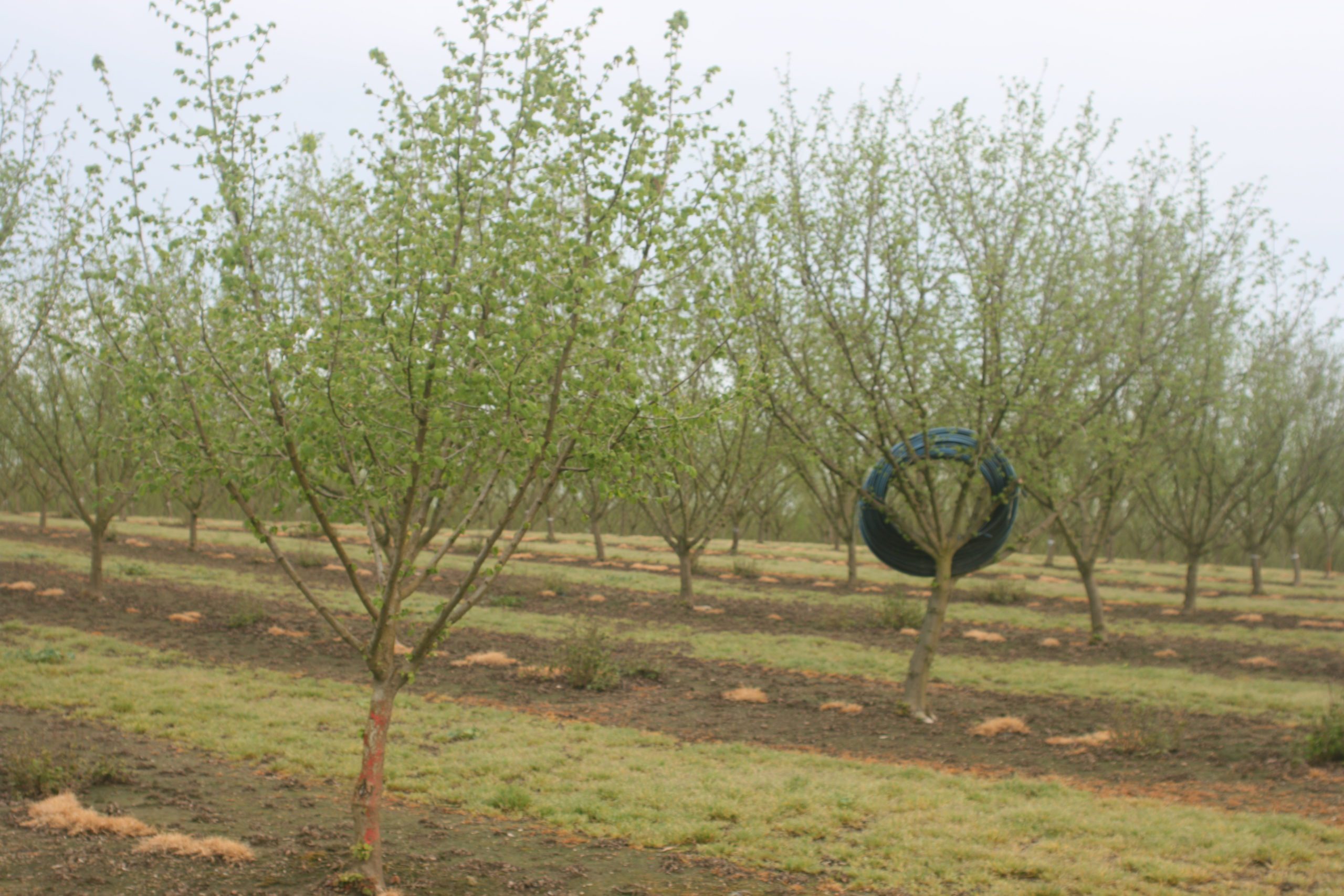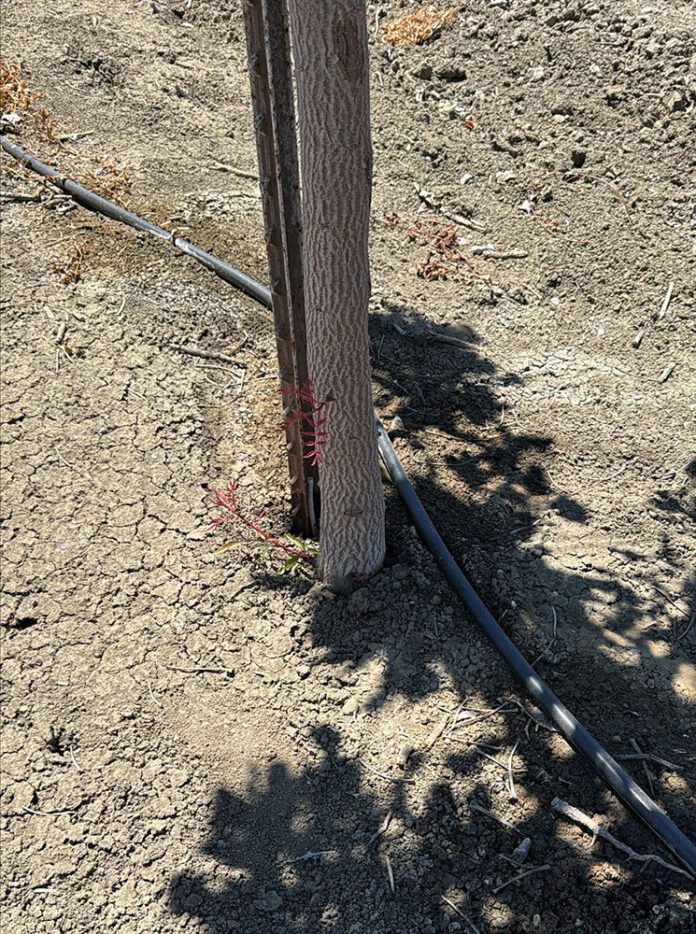
Listen to the audio version of this article. (Generated by A.I.)
As crop advisors, our primary objective is to enhance your efficiency and effectiveness in agricultural operations. Increasing orchard and vineyard health, along with optimizing yields and quality, are key indicators of your success as well as ours. While we cannot control many of your inputs and labor on a farm, we strive to become trusted advisors, providing valuable assistance and guidance with those that we can influence.
Over the past decade, the benefits of postharvest inputs in reviving fields after the rigors of harvest have become increasingly evident. However, many growers get so engrossed in the harvest process that they neglect to provide their fields with necessary recovery nutrients until late October or November. Consequently, many growers only consider soil amendments as postharvest requirements. While this approach can still be effective in replenishing depleted nutrients and storing them for winter, it may miss a crucial timing for carbohydrate storage. Soil amending is not postharvest feeding.
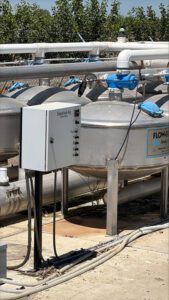
The Role of Phosphorus and Early Recovery Nutrition
Plants utilize photosynthesis after harvest to store sugars and starches for winter recovery. Therefore, the crop you establish this year will require early energy and nutrition in the spring. It can be challenging to assimilate the appropriate amounts of nutrients for optimal yields when the weather is cold and wet. Phosphorus is a critical element for creating ATP through photosynthesis. Its needs are highest in the spring and taper throughout the growing season. The best time to replenish P levels and convert it to energy production for spring happens with photosynthesis immediately after harvest.
To optimize this practice, I recommend having your “recovery mix” ready to go as you commence harvest. As soon as Nonpareil almonds, Independence, grapes or the first pistachio shake leave a field, inject your nutrients through the drip irrigation system with the water. This doesn’t necessitate a lengthy irrigation set. Providing those trees or vines with enough water, along with a well-balanced NPK blend and micronutrients, can expedite their ability to resume photosynthesis. Although P in the polyphosphate form can break down quickly in the heat of summer, overapplying a poly form can tie up any free calcium in your soil. I recommend applying a smaller dose of plant-ready orthophosphate. Give the tree what it needs immediately when the irrigation first hits the roots, especially when the trees are most “thirsty.” If soilborne pathogens have been an issue in the past, a small shot of phosphite can help move phosphate more quickly into your plants and provide extra protection as well.
We often refer to this practice as replenishing after running a marathon. Energy stores need to be quickly replenished to recover. Planning with a blend of soluble and plant-ready P, potassium, zinc and boron (if they’re deficient) can improve recovery and help next year’s bloom with those critical nutrients.
In recent years, we have also added magnesium to the mix, especially in eastern San Joaquin Valley soils and the Arizona deserts. Mg is the central element of chlorophyll, which is crucial for efficient and maximum photosynthesis. In the heat of summer, K is usually the dominant cation applied. This can make Mg and Ca less effective, as all cations are competing for the same space in uptake.
‘Planning with a blend of soluble and plant-ready [phosphorus], potassium, zinc and boron (if they’re deficient) can improve recovery and help next year’s bloom with those critical nutrients.’
Calcium, Cations and Soil Chemistry Considerations
As the roots flush after recovery, we can also inject specific derivatives of Ca. Soluble and plant-ready derivatives, based on soil tests, should be used to facilitate proper cell division postharvest. Calcium nitrate, calcium sulfate (gyp), calcium carbonate (ag lime) and lime (CaO) are all very different. They also react differently in your soil. Adding sulfate or carbonate derivatives if your soils already test high in that anion can be detrimental to their effectiveness. Solubility is key here and can also dramatically reduce sodium absorption as we prepare for winter leaching. Acidified and organic Ca sources can be very beneficial. If you inject through drip lines or microjets, you’ll be applying nutrients directly into the root-concentrated wetting zone pattern. A soluble cation can attach to the soil and kick off Na to be leached. A stable, insoluble salt will not attach until it is broken apart. A dry, blanket broadcast of mostly insoluble nutrients won’t be as effective as a soluble liquid and will certainly take more time and labor to apply. Leaving it on the berms or the floors for an extended period of time before rain hits it or it’s incorporated is certainly not helping you quickly. Trying to run a liquid application of phosphorus in the spring can cause issues as it goes through a fall application of dry gypsum, that is still sitting on top of your berms. Two nutrients can now get locked up. You’ll lose efficacy after spending good money to apply both while creating a layer of low-grade cement in your soil.
This immediate nutrient availability can be a game-changer. Don’t miss the proper window to optimize next year’s crop. Proper postharvest applications and blends can help make that a reality. Planning ahead will make it more efficient, cost-effective and, with potentially higher yields next year, much more profitable.













